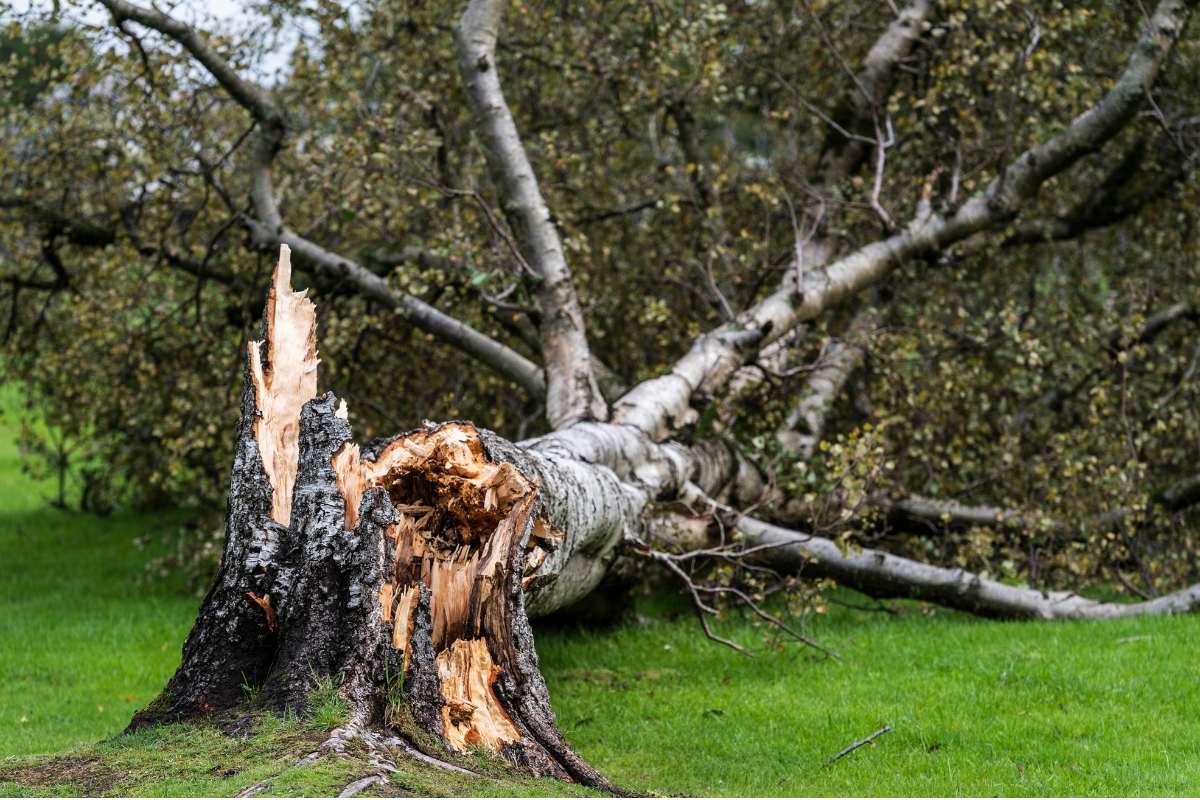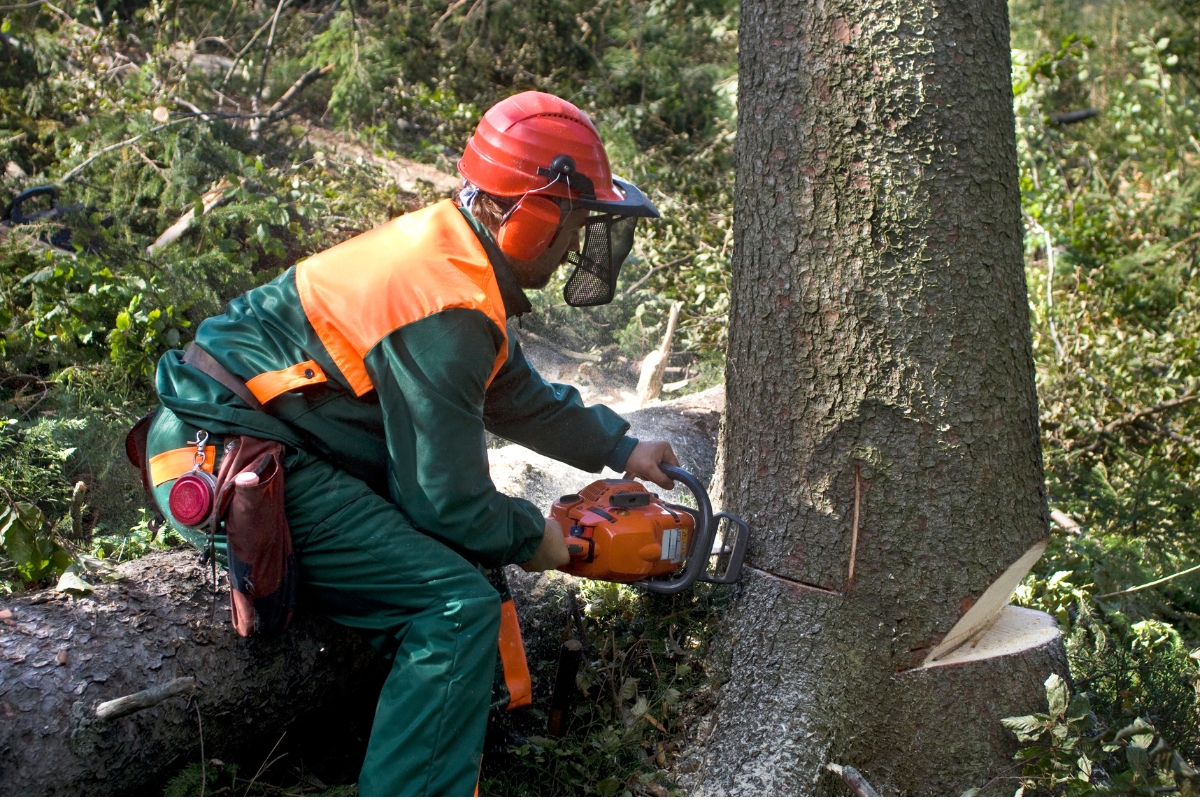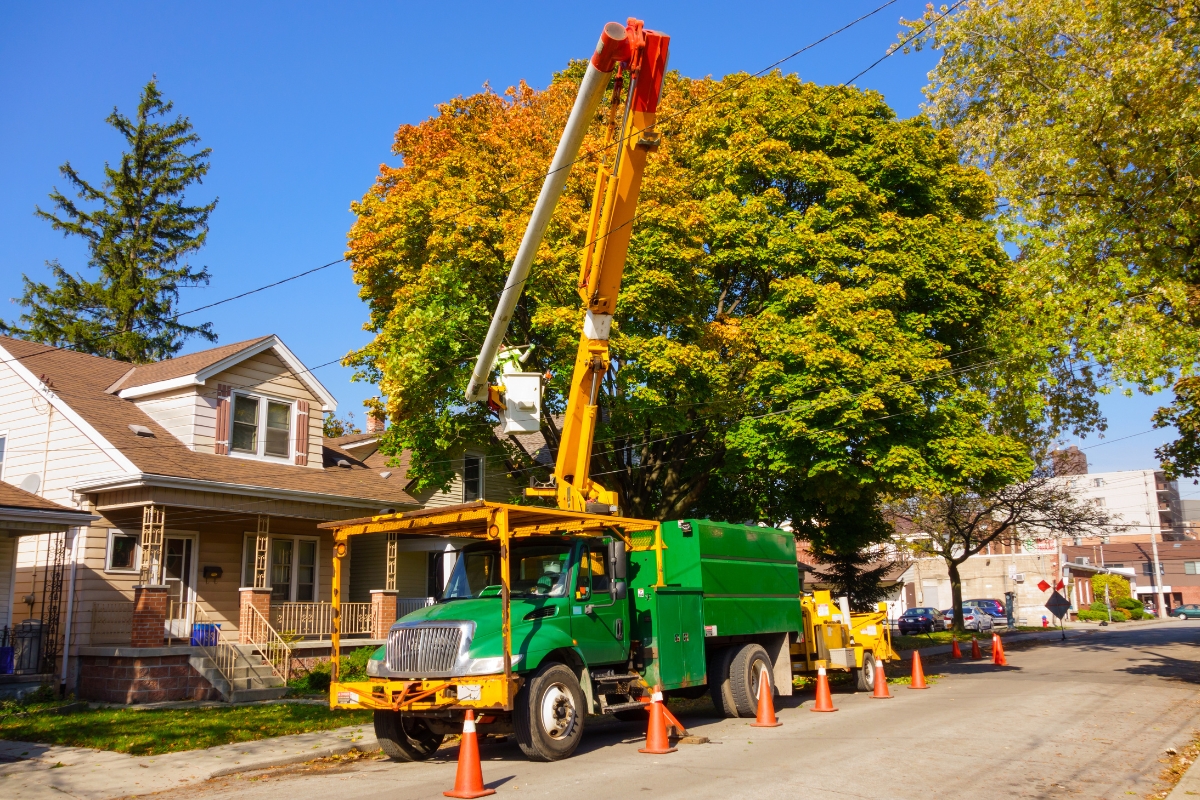Trees are an essential part of our environment, providing numerous benefits such as clean air, shade, protection from heat, and a leafy aesthetic. However, if the tree is dead or dying, in the way, or planted in the wrong location, even if it’s difficult to say goodbye to a tree that has been on your property for years, tree removal becomes necessary.
What are the 6 main signs to look out for to know when you need to remove your trees?
1. Your Tree is Leaning
A leaning tree is often a clear sign that it may be at risk of falling. If you don’t recall your tree having a natural lean, any new lean could indicate that the tree is dying, the ground around it is no longer supporting it, or the roots have been damaged and can no longer hold the tree upright.
2. Your Tree’s Roots are Decaying
Decaying or rotting roots is a sign that the tree’s structural support is compromised.
3. Your Tree Has Sustained Storm Damage
If you recently experienced a strong storm, your trees may have suffered significant damage. High winds, heavy snow, or ice, and lightning can all cause harm to trees.
The most noticeable damage is often fallen trees or broken limbs. However, trees that don’t show obvious signs of damage can still be dangerous. Large branches might have broken but not yet fallen, posing a risk of injury or extensive damage if they fall on a person, home, or car. Heavily damaged trees may also show signs of trunk splitting or branch cracking, indicating instability and high safety concerns.
For these reasons, it is best to have your storm-damaged trees assessed by a professional.

4. There is Fungus Growth on Your Tree
Fungal infections on your trees are often visible as mushroom-like spores and areas of soft, discoloured bark, particularly near the base of the tree or around the roots. If left unrecognised and untreated, fungal infestations can severely damage the health of your tree. In severe cases, fungal infestations can cause the death of your tree.
How is it so deadly? Fungi typically enter a tree through wounds or injuries that damage the protective bark. Once inside, the fungus begins to spread, causing internal decay. This decay compromises the tree’s structural integrity, making it more susceptible to further damage from pests, weather, or additional infections. Over time, the affected areas can weaken significantly, increasing the risk of branch or trunk failure.
In addition to the visible signs, you might notice other symptoms such as wilting leaves, reduced growth, or dieback of branches. It’s crucial to address fungal infections promptly to prevent extensive damage. Regular inspections and maintenance can help identify issues early, allowing for timely treatment and increase the chances of saving your tree.
If you suspect your tree is affected by fungus, it’s best to consult a professional arborist who can accurately diagnose the problem and recommend appropriate treatments to restore your tree’s health.
5. Your Tree Has Developed Odd Shapes
Has your tree developed an unusual structure? This could be the result of a severe storm or improper pruning practices.
6. Your Tree is Located Extremely Close To Buildings
Trees that grow too close to buildings can potentially damage building foundations as the roots of the tree can extend too close to the building. There is also risk of branches, or the entire tree, falling onto buildings. This can result in damage to your siding, gutters, roofing, or windows, especially during storms or high winds. A good rule of thumb to follow is to keep large trees at least 3-4 metres away from any buildings.
Trees also need to be 3-4 metres away from each other as trees that are too close compete for resources, such as sunlight, water, and nutrients, which can hinder their development. If you have many trees growing close together, it may be beneficial to remove some of the nearby trees to allow the remaining ones to thrive.

Tree Removal: The Rules and Regulations
Owning a tree on your property in New South Wales doesn’t give you unrestricted rights to modify or remove it. Removing a protected tree without prior approval from your local council can result in significant fines. Certain native species are protected nationwide, and you must provide specific reasons, usually detailed in an arborist report, to gain removal approval.
The catch is that tree removal laws in NSW are not uniform; they vary depending on your location and local council regulations. Before proceeding with tree removal, it’s critical to review the laws in your Local Government Area (LGA) to avoid hefty fines that could have been prevented by simply consulting your council.
However, some species considered pests are exempt from these regulations. Pruning and maintaining protected trees are also allowed when it benefits the tree’s survival. The local council ultimately decides on tree removal approvals based on Tree Preservation Orders (TPOs) and Local Environment Plans (LEPs).
If a tree isn’t significant or protected, you can remove it without restrictions, but it’s wise to check significant tree registries first. Consulting with a professional arborist can help identify the tree species and understand local regulations. For trees posing safety risks, seek additional guidance from your local council.
If you find yourself in need of expert guidance, whether to decipher the specifics of your local council’s regulations or to understand the health and structural integrity of the trees on your property, Star PM is here to help.
Our expertise is your solution for ensuring the health, safety, and compliance of your trees.

